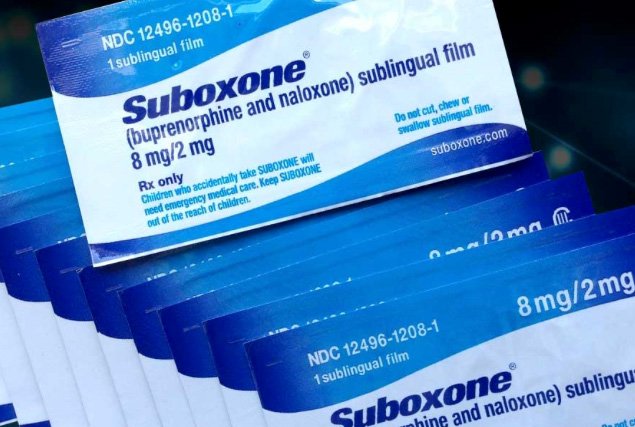Buprenorphine, a powerful medication used to combat opioid addiction, took its first form as Subutex. This medical breakthrough in the late 20th century (1981) offered hope to individuals grappling with opioid use disorder (OUD). Fast forward to 2002, a new medication called Suboxone was introduced. However, many people struggle to understand the differences between these two drugs. Let's take a deep dive into their histories, administration methods, uses, and more.
The History of Suboxone and Subutex
Before diving into the differences, it is essential to understand their similarities. Both Suboxone and Subutex are primarily composed of buprenorphine, a partial opioid agonist. This medication provides relief from opioid cravings without producing the euphoria or dangerous side effects often associated with opioids. Both drugs are administered sublingually, meaning they are dissolved under the tongue. The term "sub-lingual" comes from Latin words: 'sub' (under) and 'lingua' (tongue).
Suboxone was introduced as a replacement for Subutex to deter misuse of the medication. Unlike Subutex, Suboxone contains naloxone, an opioid antagonist. The presence of naloxone discourages individuals from dissolving and injecting the medication, since it can trigger withdrawal symptoms when administered in this way.
In recent years, Subutex has been discontinued. However, the term "Subutex" is commonly used to refer to generic buprenorphine-only sublingual medications. This widespread misunderstanding can cause confusion among individuals seeking treatment for opioid use disorder.
Misconceptions About Suboxone & Naloxone
A major concern regarding Suboxone has been its potential impact on pregnant women and their babies. Naloxone, found in Suboxone, was initially believed to pose risks to unborn children. However, the Substance Abuse and Mental Health Services Administration (SAMHSA) clarified that buprenorphine products without naloxone, not naloxone itself, are recommended for pregnant women primarily due to a lack of sufficient research on the impact of naloxone during pregnancy.
Another common misunderstanding is that many individuals believe they are allergic to naloxone. However, what is often misconstrued as an allergic reaction is actually precipitated withdrawal. This is when a person initiates buprenorphine treatment before other opioids have been cleared from their brain's opioid receptors, causing uncomfortable withdrawal symptoms.
While buprenorphine-based treatments have proven successful in addressing OUD, they are also recognized as effective treatments for alcohol use disorder (AUD). Research has suggested that Suboxone could be beneficial for binge drinkers seeking to manage their alcohol consumption.
The Future of Buprenorphine-based Treatments
Looking forward, advancements in buprenorphine-based treatment options continue to evolve. Sublocade, a monthly injectable form of buprenorphine, was introduced recently, providing a new method of administration. This long-acting injection eliminates the need for daily medication, making it a convenient alternative for individuals in recovery.
Recognizing that addiction is a complex condition requiring a holistic approach, the future of buprenorphine treatment may involve combining medication-assisted treatment with behavioral therapies, counseling, and psychosocial support. This integrated approach aims to address the physical, psychological, and social aspects of addiction, enhancing overall treatment effectiveness and long-term recovery outcomes. By continuing to invest in research, education, and policy changes, we can pave the way for a brighter future in addiction treatment, where buprenorphine-based interventions play a central role in supporting individuals on their journey to lasting recovery.
Take the First Step towards Recovery
Understanding the distinctions between Suboxone and Subutex is crucial for individuals seeking medication-assisted treatment for opioid addiction. With Subutex no longer available, individuals seeking buprenorphine-based treatment should consult with a healthcare provider like MATClinics to explore Suboxone or Sublocade as a suitable option.
By choosing medication assistance and working closely with medical professionals, individuals can embark on a medication-assisted treatment journey that aligns with their needs, maximizes safety, and increases the likelihood of successful recovery.


